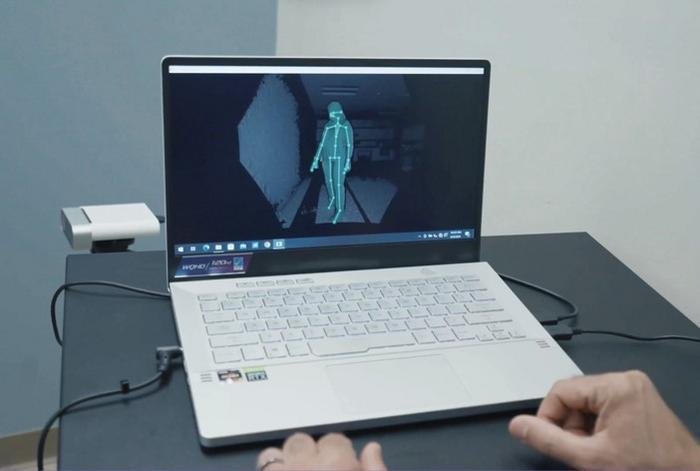Researchers at Florida Atlantic University have demonstrated that wearable foot sensors and depth cameras can accurately measure gait in clinical settings, offering a scalable alternative to traditional electronic walkways. This breakthrough could improve how clinicians monitor mobility, detect fall risk, and identify early signs of neurological conditions such as Parkinson’s disease and Alzheimer’s disease.
Gait analysis is a valuable tool for assessing physical health, especially in older adults. However, conventional systems like the Zeno Walkway are expensive, bulky, and confined to laboratory environments. To address these limitations, the FAU team conducted a study comparing three technologies: foot-mounted inertial measurement units, Microsoft’s Azure Kinect depth camera, and the Zeno Walkway. Their goal was to determine whether portable systems could match the precision of gold-standard equipment.
The study involved 20 participants between the ages of 52 and 82. Each person completed walking trials under both single-task and dual-task conditions, simulating real-world scenarios. Researchers built a custom hardware platform to synchronize all three systems to the millisecond, allowing for precise comparisons across 11 gait metrics. These included walking speed, stride time, and phases of foot support.
Results showed that foot-mounted sensors had near-perfect agreement with the Zeno Walkway across nearly all metrics. The Azure Kinect also performed well, even in visually complex clinical environments. In contrast, lumbar-mounted sensors, which are commonly used in wearable studies, showed significantly lower accuracy. This was especially true for timing-based markers that are critical for diagnosing neurological conditions.

